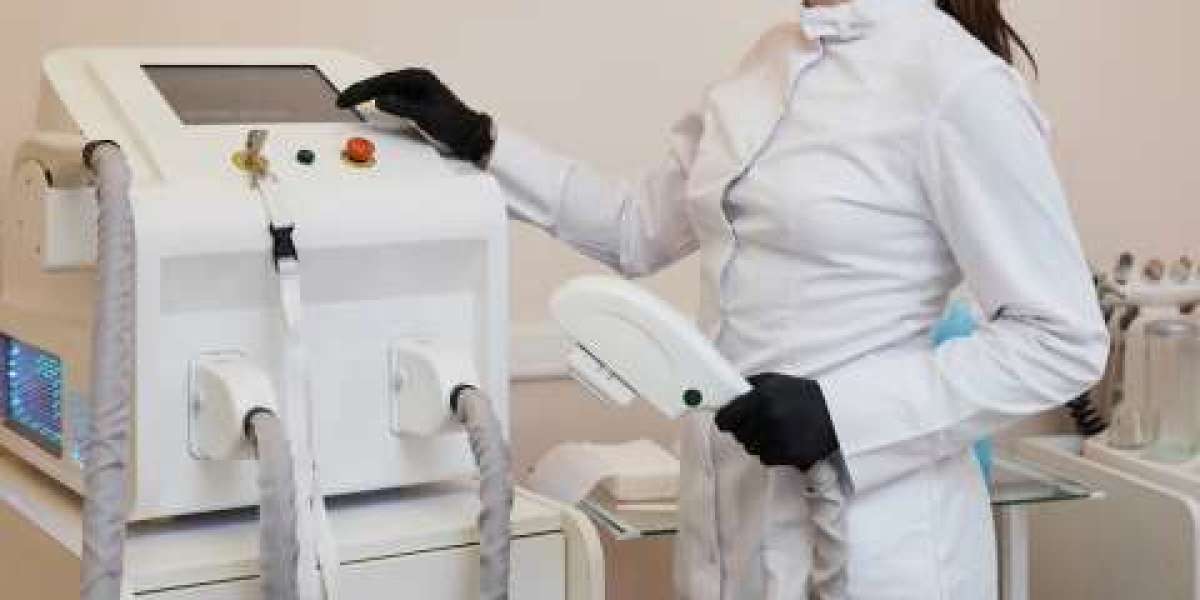In recent years, the cleaning industry has witnessed a revolutionary transformation with the introduction of the portable laser cleaning machine. These high-tech devices have redefined surface cleaning by offering efficiency, precision, and eco-friendliness like never before. In this detailed guide, we will explore the Portable Laser Cleaning Machine, its applications, working principles, benefits, and safety considerations.
Understanding the Portable Laser Cleaning Machine:
What Is a Portable Laser Cleaning Machine?
A portable laser cleaning machine is a cutting-edge tool that uses laser technology to remove contaminants, coatings, rust, and unwanted materials from various surfaces. Unlike traditional cleaning methods that involve chemicals, abrasives, or abrasive brushes, laser cleaning is a non-contact, non-abrasive, and eco-friendly process.
How Does It Work?
Portable laser cleaners work by emitting high-intensity laser beams focused on the surface to be cleaned. The laser energy interacts with the contaminants or unwanted materials, causing them to vaporize or be blown away by the resulting high-pressure shockwave. This process is highly precise and leaves the underlying surface intact.
Applications of Portable Laser Cleaning Machines:
Industrial Surface Preparation:
Portable laser cleaners are widely used in industries such as manufacturing, automotive, aerospace, and shipbuilding for surface preparation before painting, welding, or bonding. They efficiently remove rust, old paint, and other contaminants from metal surfaces.
Historical Restoration:
Museums and heritage preservation organizations use portable laser cleaning machines to restore delicate historical artifacts, sculptures, and artworks without damaging the original material.
Construction and Renovation:
In construction and renovation projects, these machines help clean concrete, stone, and wood surfaces by removing coatings, graffiti, and other unwanted materials.
Benefits of Portable Laser Cleaning:
Precision and Selectivity:
Laser cleaning allows for precise and selective removal of contaminants without affecting the underlying surface. This level of control is unmatched by traditional cleaning methods.
Eco-Friendly Cleaning:
Laser cleaning is an environmentally friendly process as it eliminates the need for chemicals, reducing hazardous waste and pollution. It is a green and sustainable cleaning solution.
Safety:
Unlike some abrasive cleaning methods that can generate harmful dust and fumes, laser cleaning is safe for operators and does not produce harmful byproducts.
Efficiency and Cost Savings:
Portable laser cleaning machines offer high cleaning speeds, resulting in reduced labor costs and shorter downtime for machinery and equipment.
Versatility:
These machines can be used on a wide range of materials, including metals, plastics, stone, and wood, making them versatile for various applications.
Safety Considerations:
Eye Protection:
Laser beams used in these machines can be harmful to the eyes. Operators must wear appropriate eye protection when working with portable laser cleaners.
Ventilation:
Adequate ventilation is necessary to remove any potential airborne contaminants created during the cleaning process.
Training:
Operators should undergo proper training to ensure the safe and efficient use of portable laser cleaning machines.
Conclusion:
The portable laser cleaning machine has ushered in a new era of surface cleaning and preparation. Its precision, eco-friendliness, and versatility make it a valuable tool across various industries. As technology continues to advance, we can expect even more applications and improvements in the field of laser cleaning, further enhancing its role in revolutionizing surface cleaning practices.
